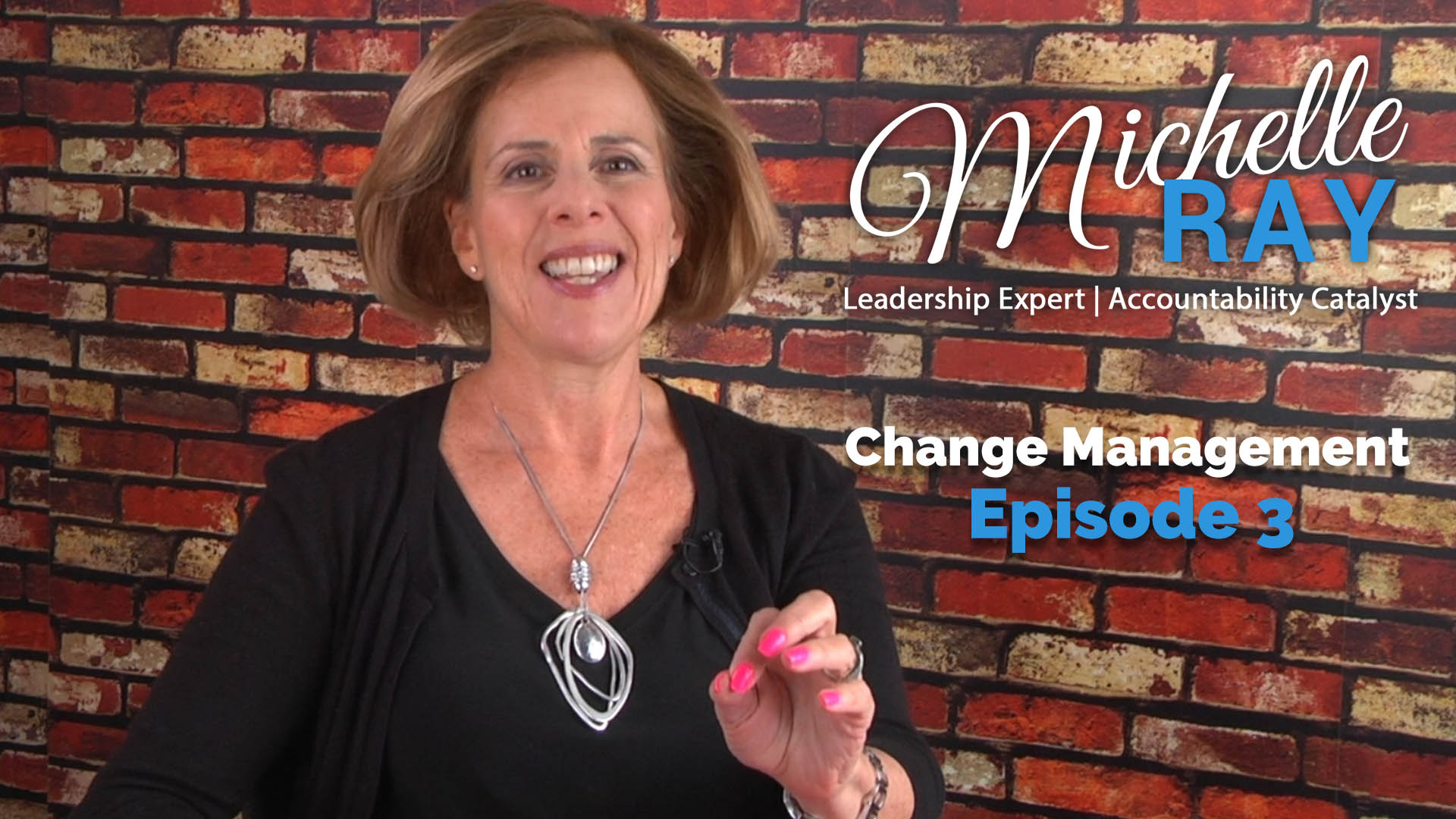One of the biggest issues that leaders constantly ask me about is, how do I get my team to buy into change? And this is really important, because you need their support. Otherwise, you’ll find yourself at a standstill. And even worse, people will feel that the change is being imposed on them.
To prevent that from happening, here’s what you need to do. Recognize first of all that change is emotional. Change isn’t logical. Without you validating people’s emotional state, they are not gonna feel heard. They’re not gonna feel as though their reaction matters. It’s a natural thing to react to change, as we spoke of previously.
So remember to acknowledge people’s emotion before you expect them to buy in.
Next, realize that people change when they see a higher reason to change. They need to understand it. They need to see that it matters to them, that there’s a purpose to it that has applicability to their lives and to their careers.
So unless they can see that higher reason, they are more likely to be entrenched in the status quo. And also remember how important it is for you to ask for their input. You’re more likely to get acceptance of your ideas by hearing others’ ideas first.
As I said previously, people want to know that they matter. So when you listen to their ideas, and get their input, they are more likely to be receptive to your plan.
It’s also important to realize that people will change when they want to, not necessarily when you want them to. So when we try to impose a timeline, we might feel that people are going to recoil more quickly. You may have initiatives that need to happen quickly, but I want to encourage you to remember that people need to see the reasons to change before they will accept your ideas.
In summary, remember, account for the emotional response. Acknowledge the fear. It is a natural reaction to change. Realize that how you position change can influence the outcome. When you are able to get that buy in, it’s due to the fact that you have taken into account other people’s ideas, other people’s input. And minimize the shock factor by involving people from the outset and realizing that their ideas are just as valuable, and may contribute to the success of your change initiatives.
This post is a transcript of https://youtu.be/sJ-eJUn3Ghs on YouTube

